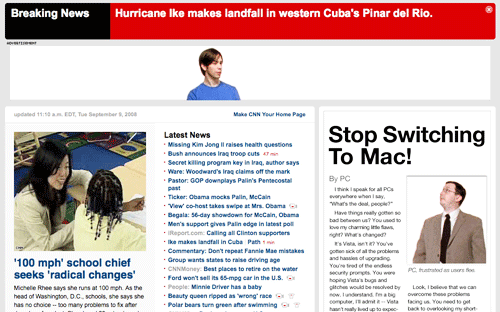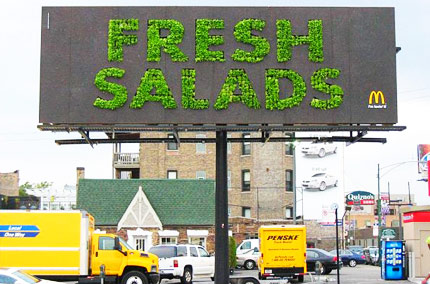A text-centric medium no longer.
After a robust 2011, online video advertising should enjoy yet another year of rapid growth. eMarketer said online video ad spending should jump 40% this year to reach $3.1 billion. That’s after a 52% rise in 2011, and the boost will continue to be powered by pre-roll ads. – MediaPost

 The ‘
The ‘
